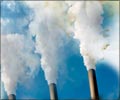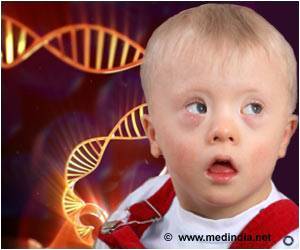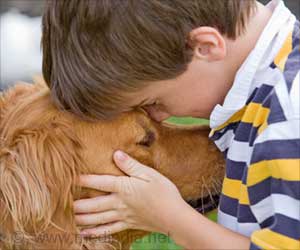Newly published research says that exposure to air pollution appears to increase the risk for autism among people who carry a genetic disposition for the disorder.
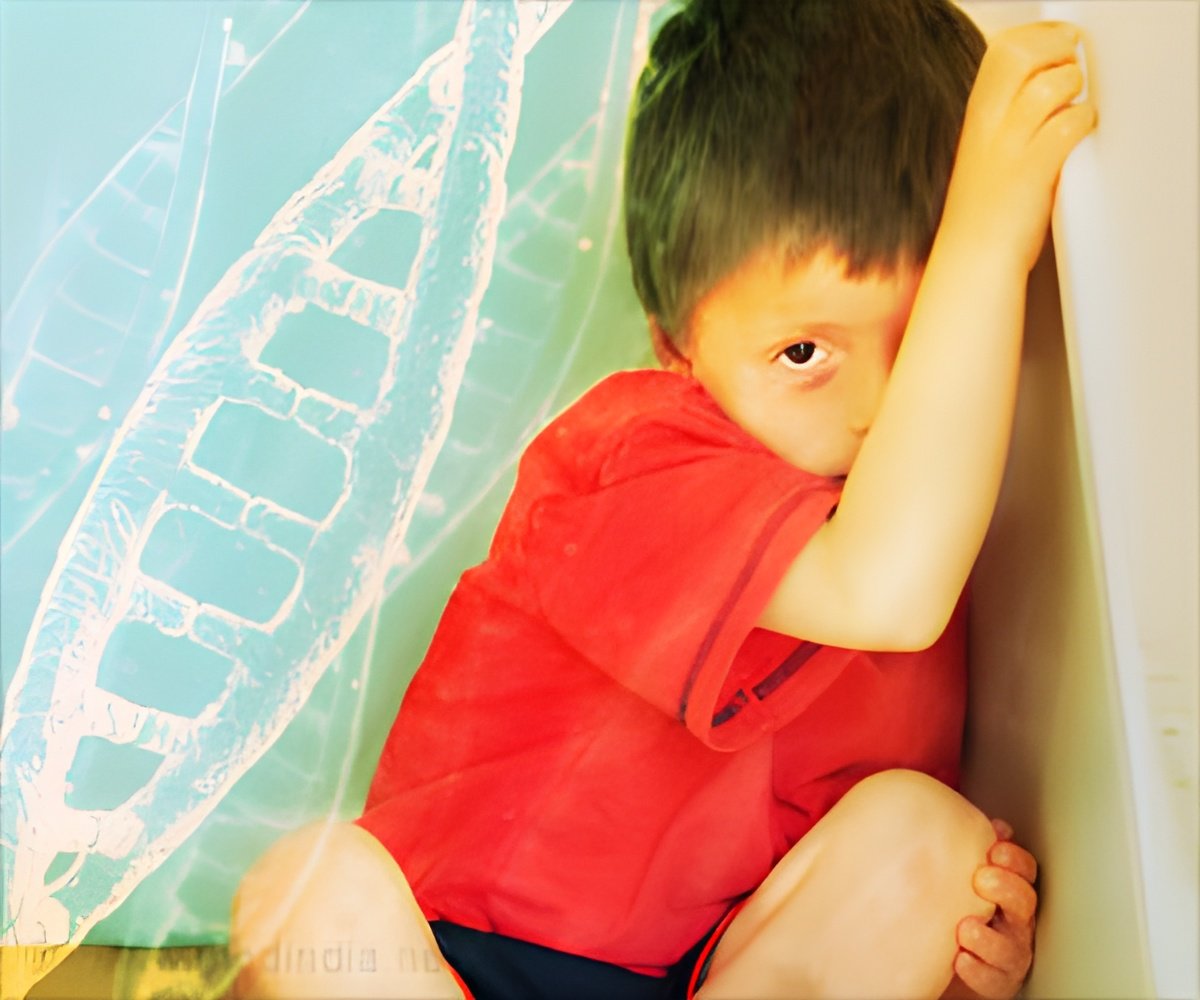
The study, "Autism spectrum disorder: Interaction of air pollution with the MET receptor tyrosine kinase gene," is scheduled to appear in the January 2014 edition of Epidemiology.
Autism spectrum disorder (ASD) is a lifelong neurodevelopmental disability characterized by problems with social interaction, communication and repetitive behaviors. The Centers for Disease Control and Prevention estimates that one in 88 children in the United States has an ASD.
ASD is highly heritable, suggesting that genetics are an important contributing factor, but many questions about its causes remain. There currently is no cure for the disorder.
Source-Eurekalert
 MEDINDIA
MEDINDIA

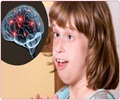

 Email
Email



